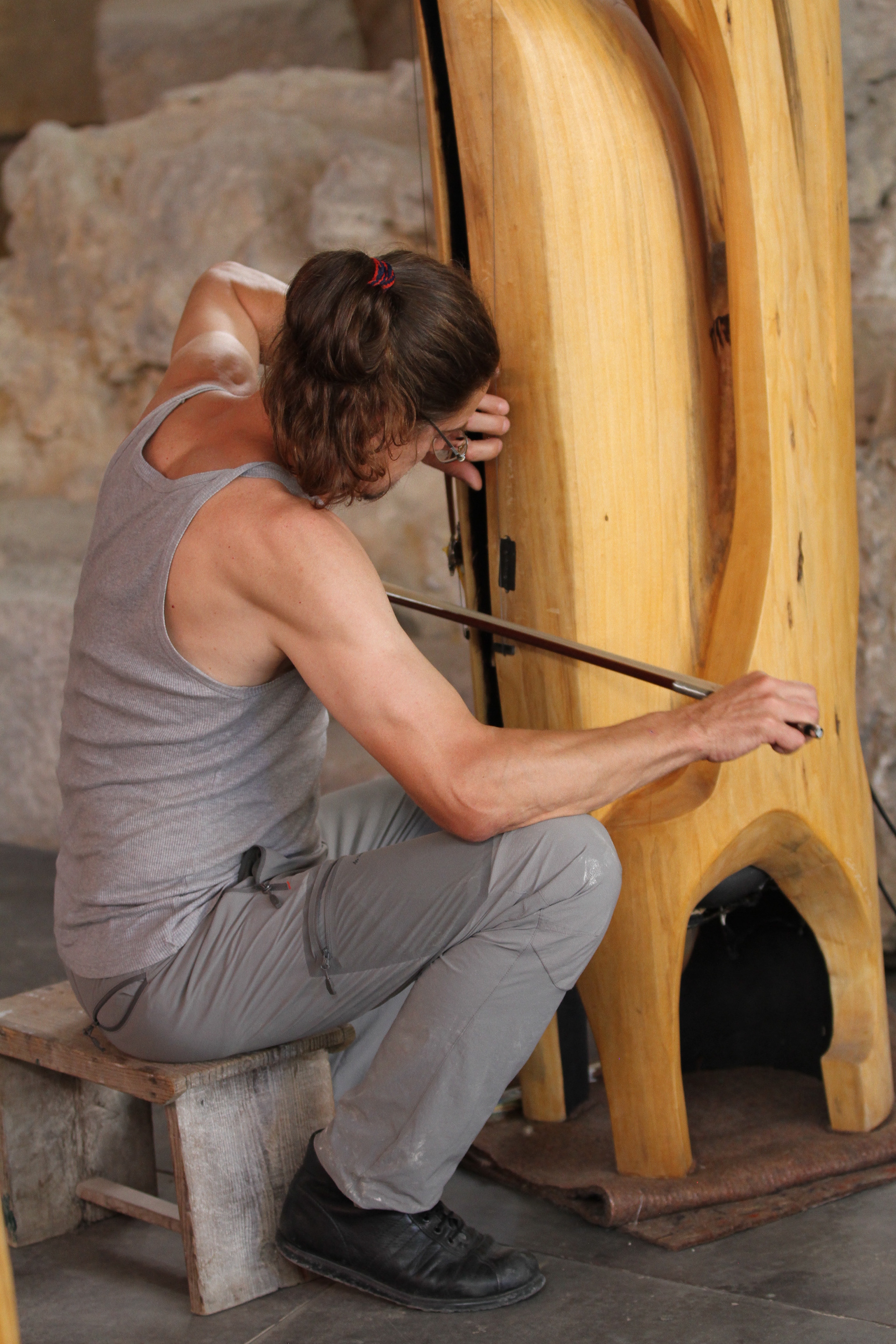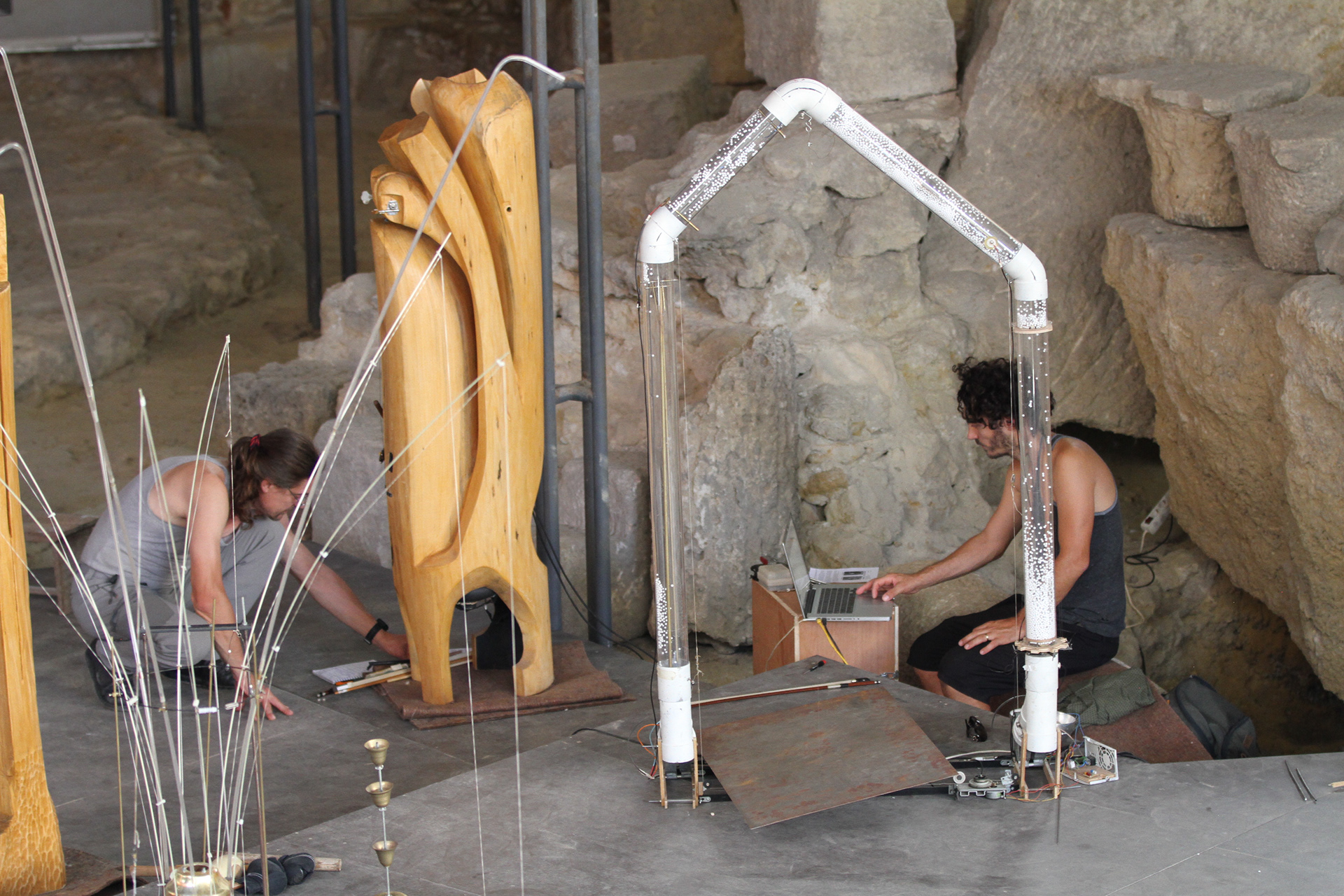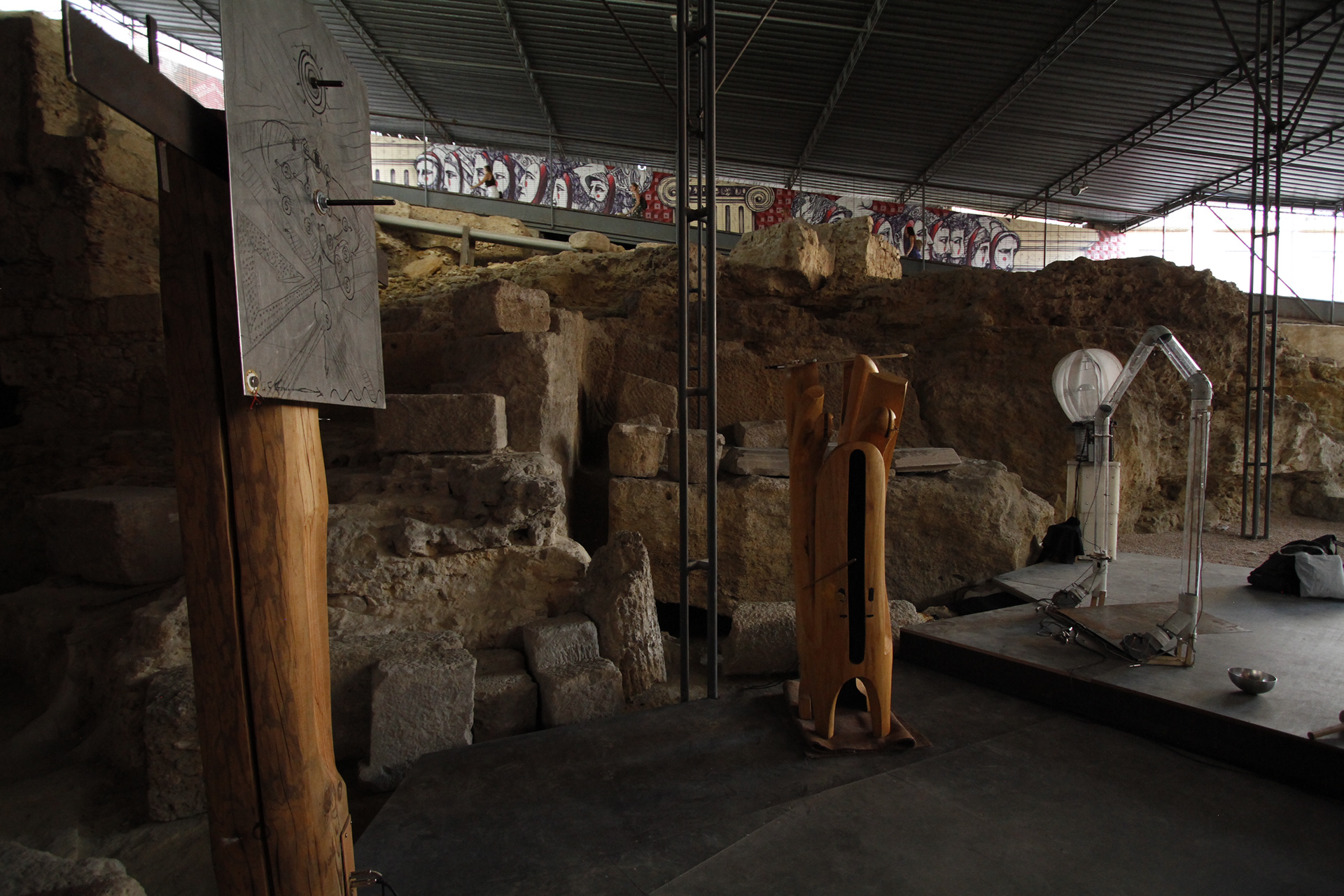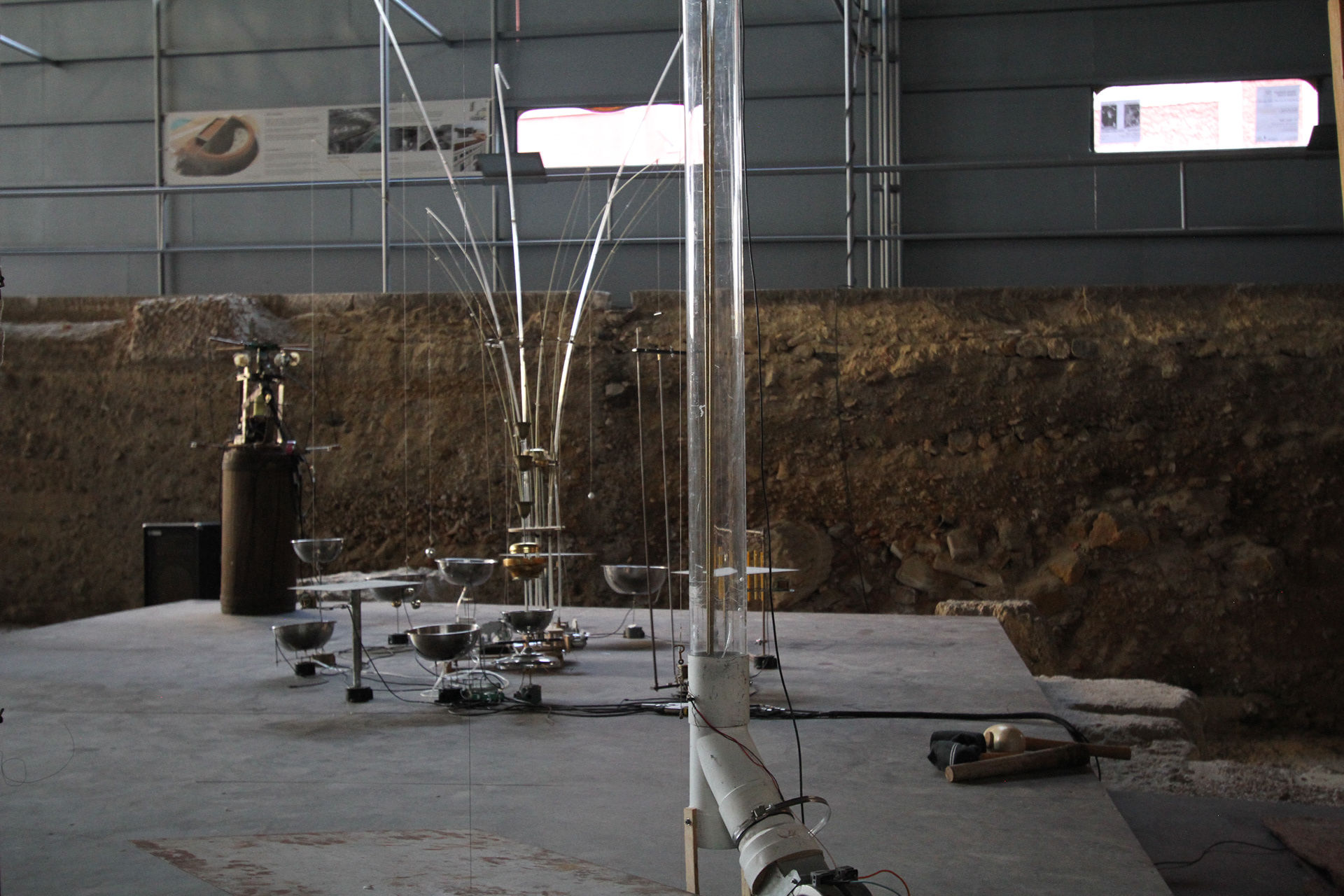The term Ethnosphere was coined by anthropologist Wade Davis.
He states, "You might think of the ethnosphere as the sum total of all thoughts and dreams, myths, ideas, inspirations, intuitions brought into being by the human imagination since the dawn of consciousness. The ethnosphere is humanity's great legacy. It's a symbol of all that we are, and all that we can be as an astonishingly inquisitive species. And just as the biosphere is being severely eroded, so too is the ethnosphere, and if anything, at a far greater rate."
The work of the artists present in this project illustrates the influence of the collective unconscious, meaning that it reflects how the ethnosphere acts upon us, as in my opinion artistic creation is the realm where influences in general can be more evidently tracked down.
This first encounter between Carlos Henrich and Vincent Martial is a plastic and sound improvisation, within it two peculiar journeys intersect, drawing a sketch of diversity.
Ethnosphere was exhibited at Teatro Romano In Lisbon in September/October 2018, featuring seven sound sculptures, three of them by Carlos Henrich and four by Vincent Martial.
During the exhibition three performances were presented in which both artists performed in a duo concert.
The musical composition for the concert was based on two parameters: the movement of the sculptures and their sounds.
Five of the sculptures include motors and other movement generators.They were actually conceived for being not totally controlled, leaving an aleatory side to each of them that will be called it’s autonomy.
This parameter means that the writing of the pieces creates a sound universe in which although the ambiance is stable, the specific content changes with each performance.
Every sound is produced live through amplification of the acoustic sources. The abundance of tones and sounds results from the interaction between motors, microphones and raw materials, guided by the hands of the musicians.















